- Paper title: H.E.S.S. constraints on Dark Matter annihilations towards the Sculptor and Carina Dwarf Galaxies
- Authors: H.E.S.S. Collaboration
- First author’s affiliation: A large collaboration.
Introduction
There is a three pronged approach in the search for dark matter. One way is to look for direct evidence of dark matter in the lab using extremely sensitive detectors. Secondly, physicists hope to create dark matter candidates in particle accelerators such as the LHC. While we look for signals on Earth, scientists also keenly search the sky for indirect evidence of dark matter particles. The basic idea is that occasionally dark matter particles will smash into each other, releasing particles that telescopes might detect. This paper reports on whether the gamma-ray telescope, H.E.S.S., has found a signal towards two dwarf galaxies.
Results
The collaboration reports that they found no gamma-ray signal towards either of the dwarf galaxies Sculptor and Carina. A non-detection provides constraining limits on the cross sections of theorized particles that could be the dark matter.
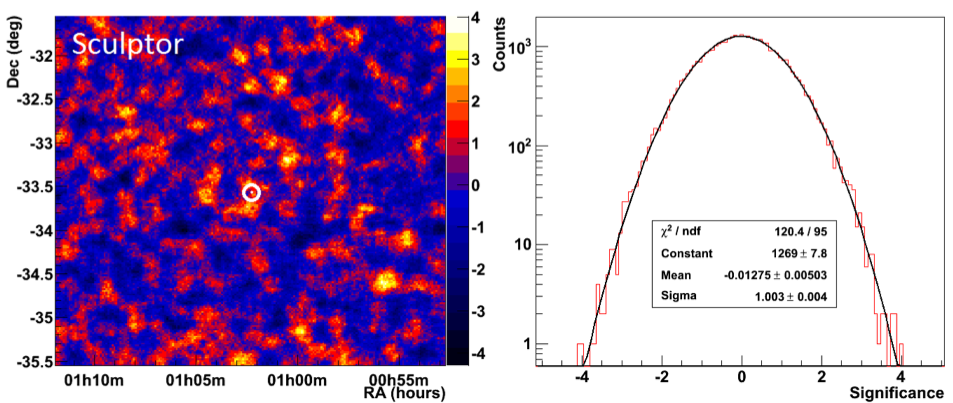
Figure 1 from the paper is a significance map showing that the distribution is well fit by a gaussian. The basic idea is that no excess signal is observed at the position of the dwarf galaxy Sculptor.
Method
The atmosphere is opaque to most high energy photons, but H.E.S.S. is an imaging telescope that uses ultra-relativistic particle showers in the atmosphere to detect energetic gamma rays. As the charged particles travel faster than the velocity of light in air they emit radiation, a phenomenon known as Cherenkov radiation. Of course, you need to know where to point your telescope and dwarf galaxies have very high mass to light ratios which makes them a great place to look for dark -matter annihilation signals. Along with the observation, the authors had to model the dark matter halos of the dwarf galaxies in order to calculate the expected signal for various particle models.
Future Work
Modeling the dark matter halo is hard work and detection rates are low so this paper is not able to test the dark matter particles that satisfy WMAP (a Cosmic Microwave Background experiment). Other gamma-ray telescopes such as VERITAS and MAGIC can be used to make this measurement and other dwarf galaxies are possible targets for a detection.

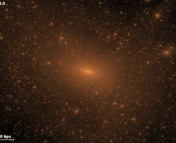
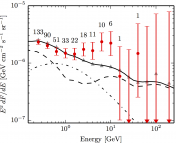
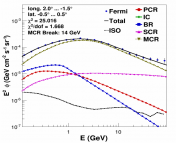
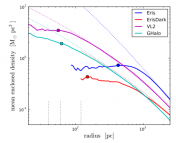
Trackbacks/Pingbacks